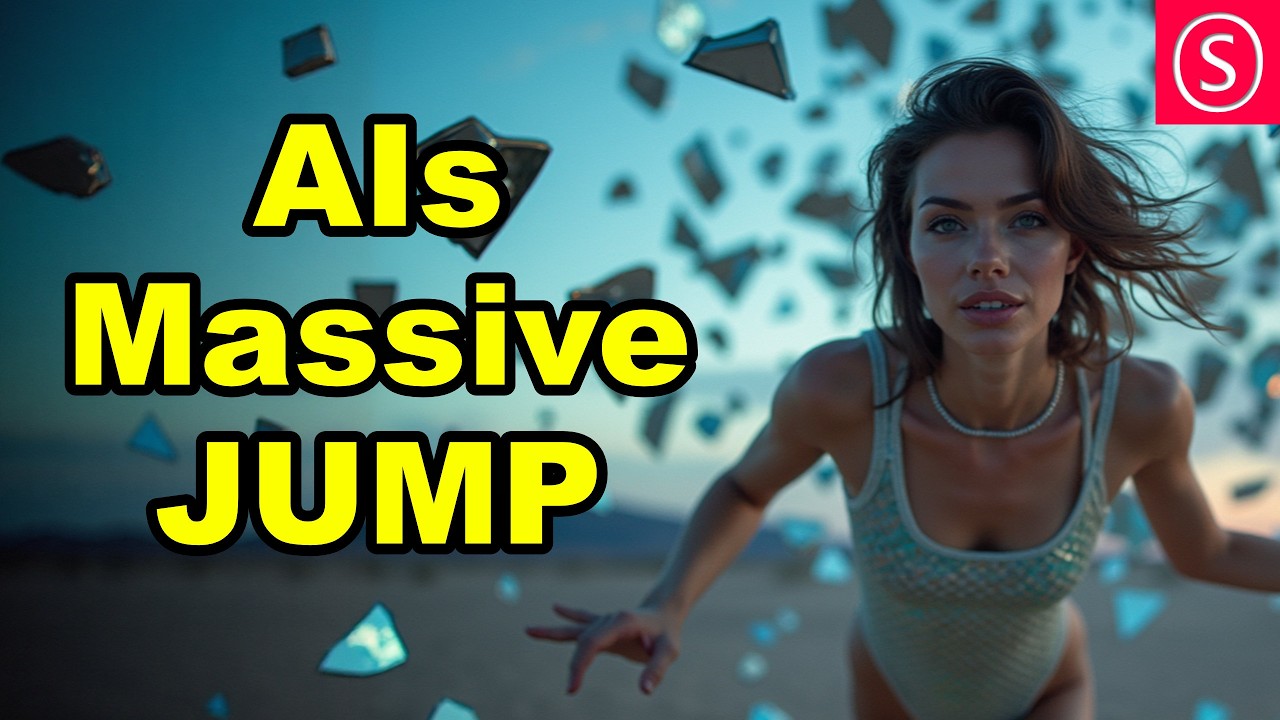The video highlights significant advancements in AI image and video generation, showcasing platforms like Runway’s Gen 4 and Hicksfield’s video AI, which offer impressive realism and innovative motion control features. It also discusses the limitations of Midjourney version 7 and Gemini’s new auto-regressive image generation approach, ultimately framing these developments as enhancements to creative tools rather than threats to traditional processes.
The video discusses recent advancements in AI image and video generation, highlighting significant improvements from various platforms. The presenter begins by showcasing Runway’s Gen 4, which has made remarkable strides in video quality. Examples include a realistic cat by a rain-soaked window, a dragon flying with believable wing movements, and a bubble traversing a city street with a captivating blur effect. The video emphasizes the artistic potential of these AI-generated visuals, showcasing scenes like a woman walking through a dark forest and a first-person perspective down a water slide, all demonstrating impressive consistency and realism.
Next, the video transitions to a comparison of Midjourney version 7, noting both its strengths and weaknesses. While the model produces detailed and organic images, it struggles with certain aspects, such as accurately rendering hands and text. The presenter points out that while Midjourney has improved, it remains limited in functionality, lacking features like multimodal capabilities, video generation, and animation. This limitation is contrasted with the advancements seen in other AI models, which offer more comprehensive tools for creative expression.
The video then highlights Hicksfield’s video AI, which introduces innovative motion control features that enhance the cinematic quality of generated videos. The presenter showcases various camera effects, such as bullet time and car grip, emphasizing how these artistic tools can elevate storytelling in video production. The ability to create dynamic and emotionally resonant visuals is presented as a crucial development in the realm of AI-generated content.
The discussion shifts to Gemini’s image generation capabilities, which leverage large language models (LLMs) for greater control and precision. The video explains the difference between traditional diffusion models and the new auto-regressive approach used by Gemini, which generates images pixel by pixel. This method allows for finer details and more accurate representations, as demonstrated through examples of age progression and style transfer, showcasing the potential for realistic transformations without complex methods.
In conclusion, the presenter argues that while some may view these advancements as a threat to traditional creative processes, they actually represent a new beginning for creative tools. The limitations of AI-generated content in terms of consistency and control are acknowledged, particularly for larger projects. However, the integration of these new capabilities into existing frameworks, such as ComfyUI, is seen as a way to enhance creative workflows rather than replace them. The video ends with an invitation for viewer feedback and a promise of more content to come.
